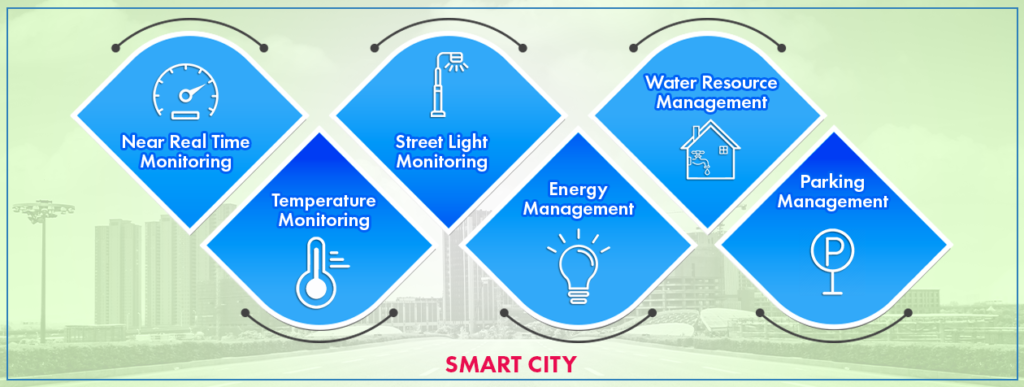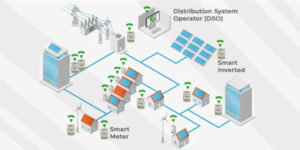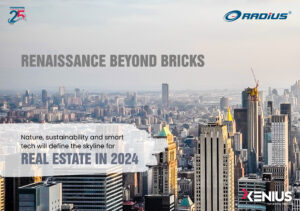Smart Cities offer a powerful and user-friendly digital experience. This allows all departments and service providers to be interconnected and work in tandem with one another
The Smart Cities Mission is an innovative and new flagship initiative launched by the Government of India to drive economic growth and improve people’s quality of life
While a smart city may not have a universal definition, it is situated in the idea of a modern-age urban area backboned by digitisation. The Government launched Smart Cities Mission, its flagship initiative aimed at driving economic growth and adding to quality of life while leveraging technology – a multi-tiered infrastructure for the future.
The concept of a smart city is not novel. With the rapid advancement of technology, many countries around the world are adopting and developing smart city concepts for better resource management and utilisation. A smart city is home to several advancements and has ushered a revolution in the way we live, ranging from smart governance, smart energy, smart environment, smart transportation, smart IT & communications, smart buildings, smart hospitals and smart education.
A smart city has no universal definition. Such cities are defined differently in each country. The concept of a smart city may differ significantly in India compared to Europe and the United States. To understand the concept of a smart city, consider it an urban area represented by the four pillars of comprehensive development—institutional, physical, social and economic infrastructure.
By 2050, urban population would have increased many fold. Urban areas are expected to house 66 per cent of the world’s population, requiring safe food, clean water and clean energy while ensuring overall economic, social, and environmental sustainability. Smart cities offer a powerful and user-friendly digital experience. This allows all departments and service providers to be interconnected and work in tandem with one another, like a well-oiled machine.
The Smart Cities Mission is an innovative and new flagship initiative launched by the Government of India to drive economic growth and improve people’s quality of life by enabling local development and leveraging technology to create smart outcomes for citizens.
The following features must be included in the Smart City infrastructure:

- Water Management System: As water levels continue to fall, a solution to the problem of water scarcity is required.
- Energy Management System: To ensure that energy resources are used efficiently and that no energy is wasted. Increase connectivity between citizens and the Government by utilising ‘Big Data’ and digital services.
- Resource Optimisation: This is the process of optimising the limited availability of space and resources in an urban city and ensuring the most equitable distribution of resources among all citizens.
- Pollution Management: As pollution levels rise, cities must deploy smart systems to track and reduce pollution levels.
Radius Synergies International has enabled cities to transition to the smart city concept. Any building can be made smart using IoT (Internet of Things) technology by combining smart prepaid metres and IBMS (Integrated Building Management Solution). Mahindra World City in Jaipur was the company’s first successful smart city pilot project in India.












